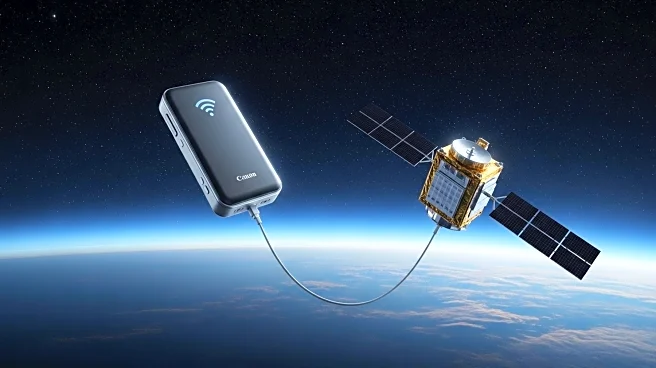What is the story about?
What's Happening?
Sateliot, a Spanish startup, has successfully established the first narrowband connection from a low Earth orbit (LEO) satellite to a commercial Internet of Things (IoT) device using global 5G standards. The connection was made with an nRF9151 cellular module from Nordic Semiconductor, typically used in tracking and monitoring sensors. This achievement marks a significant milestone in integrating satellite and terrestrial networks under open 5G protocols, enabling true interoperability and global roaming. Sateliot's approach contrasts with SpaceX's proprietary method of connecting smartphones through its Starlink network.
Why It's Important?
This development is pivotal for the IoT industry, as it demonstrates the potential for seamless integration of satellite and terrestrial networks. By adhering to 5G standards, Sateliot's technology can facilitate widespread adoption and interoperability across different devices and networks. This could lead to enhanced connectivity for IoT applications, particularly in remote or underserved areas where traditional infrastructure is lacking. The ability to connect IoT devices via satellite could revolutionize industries such as agriculture, logistics, and environmental monitoring, providing real-time data and insights.
What's Next?
Sateliot plans to distribute Nordic's nRF9151 devices to companies in its early adopters program next year. The company is also developing additional satellites, with five scheduled for launch in October 2026 and plans for 16 more in 2027. Sateliot aims to deploy a constellation of hundreds of satellites, with further details expected in November. The startup's long-term vision includes achieving 1 billion euros in annual revenue by 2030, supported by recurring contracts with over 450 customers worldwide. This expansion could position Sateliot as a key player in the global IoT connectivity market.
AI Generated Content
Do you find this article useful?














